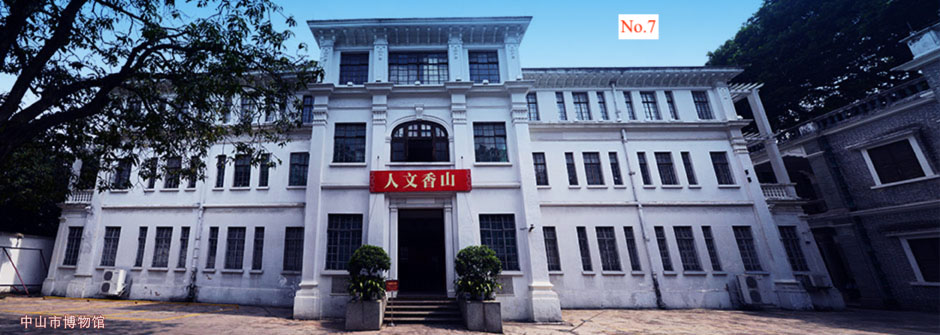
The building that houses the Zhongshan City Museum was formerly a hospital. A hospital originally funded through contributions from around the world, though mainly from Australia, Hawaii and North America. While this Zhongshan City Museum focuses on general history, the newer Zhongshan Commercial Museum concentrates on the trade and business history of the county. However, the curators of this Zhongshan City Museum are planning another specialist museum, one devoted to the history of the overseas Chinese of Zhongshan.
As part of the preparation for this new museum teams have been sent overseas to gather material and objects related to this history. In 2013 such a team visited Australia and travelled to locations in NSW and Queensland where they collected many items from Chinese-Australian families and took them back to the Zhongshan City Museum for future display in the planned Overseas Chinese Museum.
That a museum in China is interested in collecting such Australian items as a 1950s menu from the Café Cathay Brisbane, a Centenary Medal awarded to prominent Chinese-Australian Arthur Gar-Lock Chang (see No. 12 & No. 28), or a Kangaroo Brand hessian rice bag, tells us much about the relationship between China and the overseas Chinese. This is a relationship fundamentally focused on maintaining links between those who left and those who remained behind or returned. These are links that span generations and include descendants with little or no direct knowledge of the villages or even of China.
The hospital that is now a museum was a very real outcome of those links as earnings from overseas flowed back into the families, villages and towns. (See also No. 39) A flow of money that Qing, Nationalist and present day governments of China recognised and which all did and do much to encourage. (See also No. 29) Highlighting the history of the overseas Chinese is only one element of the preservation of these links, one the planned Zhongshan Museum of Overseas Chinese History, similar to those already established in cities such as Taishan, Jiangmen and Guangzhou, hopes to continue.
See also: Map of Pearl River Delta districts

